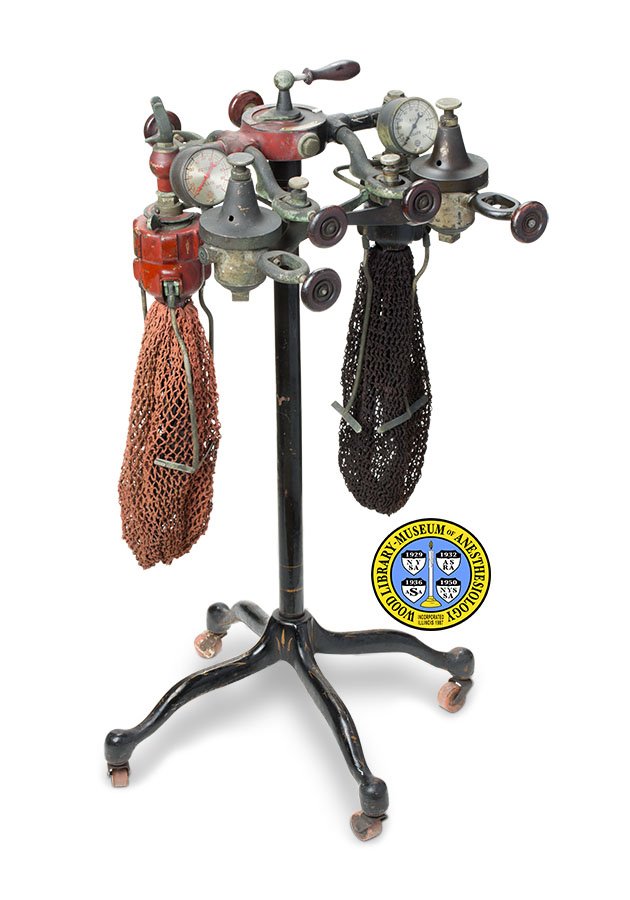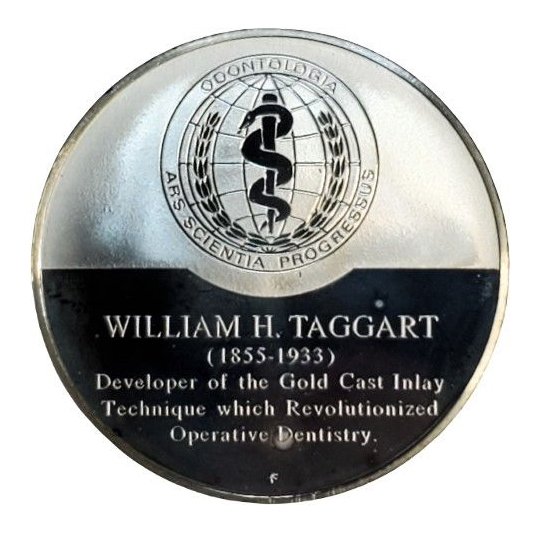
HOME > ALL DISPLAYS > 1860-1890 > PEDAL DRILL

Pedal Drill
Object #: 0004.0002
In 1871, American dentist James B. Morrison (1829-1917) utilized the same foot-operated mechanism of a treadle sewing machine to create a foot operated dental drill which could achieve 2000 revolutions per minute (RPM).
The pedal drill (also known as the treadle drill and dental engine) was an important tool for dentists even into the mid-1900s. The simple, lightweight design allowed it to be used in rural areas lacking electricity and on the battlefield.
Taggart’s first cast inlay machine used compressed air. Shortly after, he and others were looking for improvements to the casting process. It was not long before centrifugal force became the standard among most dentists.

1/9:

1/9:

1/9:

1/9:
Taggart not only patented his inlay machine, but also the inlay process. He asked that dentists pay him a fee for its use and began bringing suit against some prominent members of the dental profession. A lawsuit in 1918 brought about the nullification of Taggart’s patent on the process of casting inlays. He became a controversial figure and it was over 30 years before his legacy would be celebrated.

1/4: This advertisement reflects Taggart’s desire to own the rights to the casting process and not just the equipment he sold.

2/4: Dr. M. D. K. Bremner, originally a defendant in a lawsuit, wrote about Taggart’s contributions, “Legally, Taggart had no right to a patent monopoly. But it was he who taught the profession to cast inlays, which was without a doubt the greatest single contribution to dental progress that has been made by any individual.”

3/4: In 1971, the Franklin Mint included them in its Collection of Medallic History of Dentistry.

4/4: In 1971, the Franklin Mint included them in its Collection of Medallic History of Dentistry.


